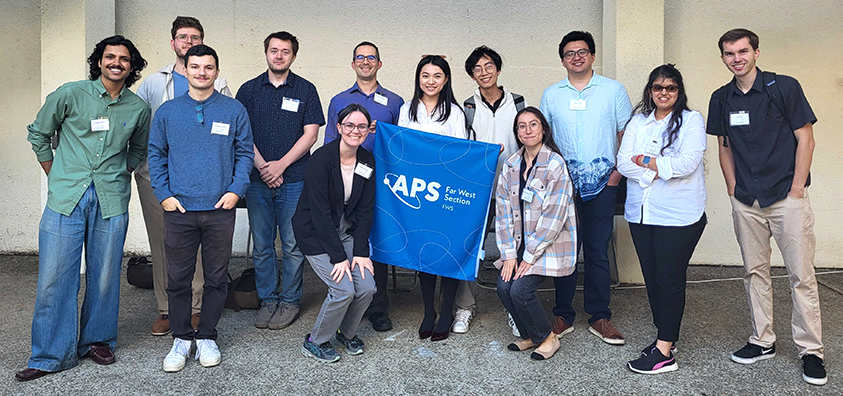
News Highlights
11/23/2025
SJSU students and faculty members made a strong showing at the The National Society of Black Physicists and National Society of Hispanic Physicists joint meeting, held this year at the San Jose Convention Center.
10/21/2025
Cassandra Paul has a publication out in Physical Review Physics Education Research that reveals surprising information about the effect of exam stakes on gender equity gaps.
10/8/2025
The Cal-Bridge Program held their annual Fall Conference at UC Irvine.
Dynamics of Non-equilibrium Variables Workshop
8/29/2025
Alejandro Garcia gave a tutorial on fluctuating hydrodynamics a the Non-equilibrium variables workshop in Zaragoza, Spain.
Astronomy 11 Laboratory Kicks Off
9/15/2025
Olenka Hubicjky, Aaron Romanowsky, and Thomas Madura have created a new astronomy laboratory class that is being taught for the first time this semester.
9/9/2025
Curtis Asplund has been quoted in the Physics Today article "Nobel laureates issue declaration for the prevention of nuclear war."